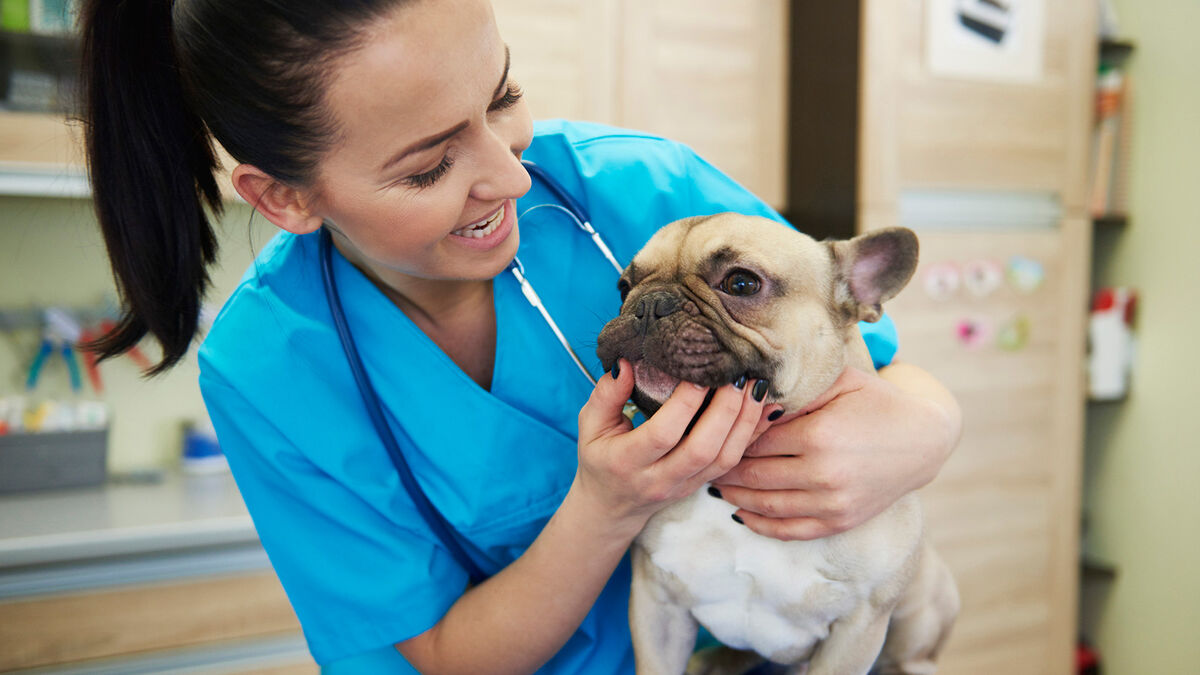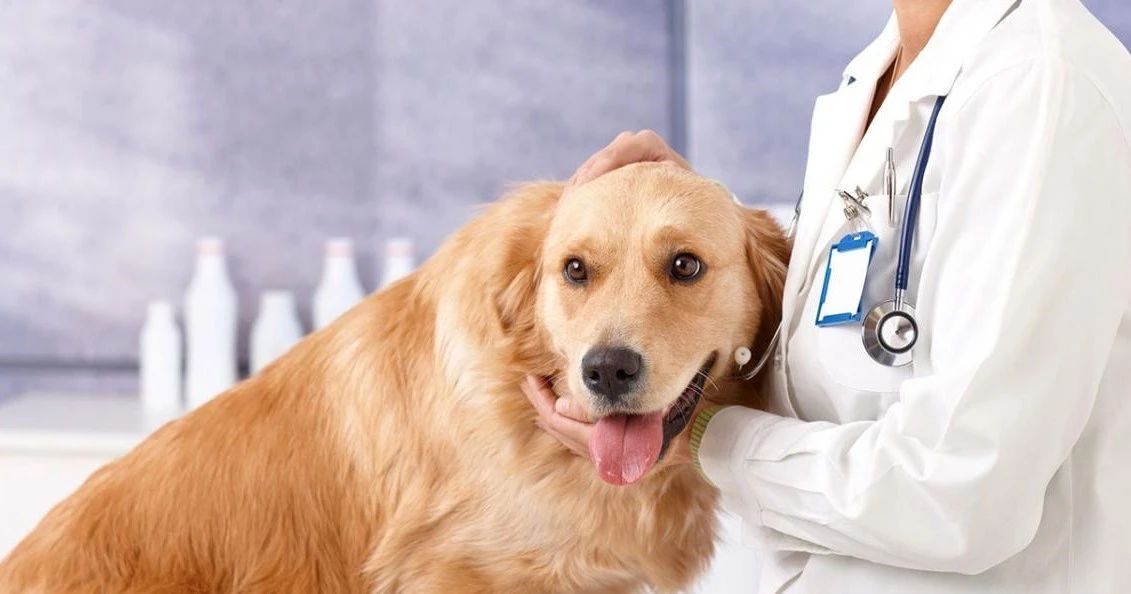Pet medical abbreviations and acronyms are key in veterinary care. They help vets and their teams document, communicate, and manage pets’ medical needs. These symbols save time, lower error risks, and improve care for pets.
These abbreviations make sharing important info like a pet’s diagnosis and treatment easy. Vets can quickly write notes, order tests, and share instructions. This ensures all details are clear and available to the whole team. It’s vital for top-notch care for our pets.
Key Takeaways
- Pet medical abbreviations enhance communication and efficiency in veterinary care.
- These shorthand symbols allow for the quick documentation and sharing of vital information.
- Veterinary professionals use abbreviations to reduce the risk of errors and provide better care for pets.
- Understanding pet medical abbreviations can help pet owners better interpret their animal’s medical records.
- The use of standardized abbreviations is a crucial aspect of modern veterinary practice.
Understanding Pet Medical Abbreviations
In the fast-paced world of veterinary care, quick communication is key. Veterinary abbreviations and acronyms are a special way to make things faster. They help doctors and staff share important info about a pet’s health quickly and clearly.
These terms are made to share info about a pet’s health, treatment, and past medical history. They make it easy to understand and share vital information in a short way.
The Purpose of Veterinary Abbreviations
Veterinary abbreviations and medical terminology are crucial for pet medical shorthand and veterinary communication. They let vets and their teams quickly share important patient details. This helps them spend more time on caring for pets.
Using veterinary abbreviations has many benefits:
- It makes documenting and keeping records easier.
- It helps improve communication among healthcare workers.
- It lowers the chance of mistakes or confusion.
- It makes the busy work in veterinary care more efficient.
Veterinary abbreviations are now a must-have in the field. They help professionals share important info fast and well. This leads to better care for animals.
“Veterinary abbreviations are the language of the profession, allowing us to communicate with precision and efficiency.”
– Dr. Emily Weiss, Veterinary Specialist
Common Abbreviations for Body Parts

Veterinary abbreviations help us talk about body parts and sides in a quick way. They come from Latin and are key for vets to share important info fast and right.
For instance, the eyes get the same short names as in human glasses prescriptions:
- OD (oculus dexter) – right eye
- OS (oculus sinister) – left eye
- OU (oculi uterque) – both eyes
Here are more common short names for pet body parts:
- R (right) and L (left) for sides of the body
- Ant (anterior) and Post (posterior) for front and back
- Sup (superior) and Inf (inferior) for upper and lower
- Prox (proximal) and Dist (distal) for closer and farther from the body
Vets use pet body part abbreviations, veterinary anatomy terminology, and medical shorthand for animals. This helps them document and talk about patient care clearly and fast.
“Mastering the language of veterinary abbreviations is crucial for providing high-quality, coordinated care for our beloved animal patients.”
Pet Medical Abbreviation
In the veterinary world, medical abbreviations and acronyms are key for quick and clear healthcare notes. They cover everything from tests and treatments to conditions and medicines. These notations help vets talk clearly and quickly, making sure pets get the right care fast.
Here are some common pet medical abbreviations:
- BID (bis in die) – Twice daily
- CBC – Complete blood count
- CT – Computed tomography
- DILM – Discharge in left hand
- FeLV – Feline leukemia virus
- IVDD – Intervertebral disc disease
- OVH – Ovariohysterectomy (spay)
- PO (per os) – By mouth
- PU/PD – Polyuria/polydipsia
- UTI – Urinary tract infection
Knowing these veterinary abbreviations, medical shorthand for pets, and common pet medical terms is key. It helps vets talk well with each other and keep accurate records of a pet’s health and care.
| Abbreviation | Meaning |
|---|---|
| BID | Twice daily |
| CBC | Complete blood count |
| CT | Computed tomography |
| DILM | Discharge in left hand |
| FeLV | Feline leukemia virus |
| IVDD | Intervertebral disc disease |
| OVH | Ovariohysterectomy (spay) |
| PO | By mouth |
| PU/PD | Polyuria/polydipsia |
| UTI | Urinary tract infection |
“Mastering the common veterinary abbreviations list and medical shorthand for pets is essential for efficient communication and accurate record-keeping in the veterinary field.”
Veterinarians need a lot of education and training. They usually get a Doctor of Veterinary Medicine (DVM) degree. This takes 8 years – 4 years of college and 4 years of vet school.
Understanding Veterinary Credentials
Vets can also get veterinary specializations and veterinary credentials to improve their skills. Some common special areas include:
- Small Animal Medicine
- Large Animal Medicine
- Equine Medicine
- Exotic Animal Medicine
- Surgery
- Internal Medicine
- Dermatology
- Ophthalmology
These special areas often need more veterinary education and tests. They show the vet’s deep knowledge and skills in a certain area.
| Veterinary Degree | Veterinary Specialization | Veterinary Credential |
|---|---|---|
| Doctor of Veterinary Medicine (DVM) | Small Animal Medicine | Board Certified Veterinary Surgeon (DACVS) |
| Large Animal Medicine | Veterinary Dermatology Specialist (DACVD) | |
| Equine Medicine | Diplomate, American College of Veterinary Internal Medicine (DACVIM) | |
| Exotic Animal Medicine | Certified Veterinary Practice Manager (CVPM) |
These veterinary credentials show a vet’s deep training and skills in their area. They make sure pets get the best care.
Deciphering Veterinary Shorthand

At first, the veterinary world might seem full of confusing abbreviations and acronyms. But, with a bit of practice, pet owners can get the hang of it. Learning the most common veterinary abbreviations helps them understand their pet’s health and treatment plans better.
Understanding interpreting veterinary abbreviations is key. Vets use these short notations to save time and space when recording a patient’s details. These abbreviations make it easier to understand pet medical records and navigate veterinary terminology.
| Abbreviation | Meaning |
|---|---|
| CBC | Complete Blood Count |
| BUN | Blood Urea Nitrogen |
| FIV | Feline Immunodeficiency Virus |
| OFA | Orthopedic Foundation for Animals |
| NSAID | Non-Steroidal Anti-Inflammatory Drug |
Learning the most common veterinary abbreviations helps pet owners understand their pet’s medical records better. This knowledge lets them make better care decisions. It also helps them talk more clearly with their vet, which can lead to better health for their pets.
“Understanding veterinary abbreviations is the key to unlocking the mysteries of your pet’s health.”
Also Read : Pet Wellness Check: How To Monitor And Maintain Your Pet’s Health
Conclusion
Pet medical abbreviations are key in veterinary care. They make things run smoother, help share important info, and give pets the best care. By knowing these abbreviations, vets can focus more on treating pets and less on paperwork.
These abbreviations are very important. They help make sure pets get the care they need quickly and well. They let vets share patient info easily and work better together. This means pets get better care faster.
For pet owners, knowing these abbreviations helps them understand their pet’s health better. It lets them take a bigger part in their pet’s care. They can ask better questions and make choices that help their pets stay healthy.
FAQs
Q: What is a pet scan and how does it help in veterinary care?
A: A pet scan, or positron emission tomography, is an imaging test that helps veterinarians detect metabolic activity in organs and tissues, which can be crucial in diagnosing conditions like cancer.
Q: How does PET imaging differ from CT and MRI scans?
A: While CT and MRI scans provide detailed images of the structure of organs and tissues, a pet scan focuses on the metabolic processes, using a radioactive tracer to highlight areas of abnormal activity.
Q: What type of radioactive tracer is commonly used in pet scans?
A: The most commonly used radiotracer in pet imaging is fluorodeoxyglucose (FDG), which helps to visualize areas of high metabolic activity, often indicating cancer cells.
Q: Are there any risks associated with pet scans in veterinary care?
A: The use of a radioactive substance in a pet scan with pet scanner does carry some risks, such as allergic reactions or exposure to radiation, but the amount of radiation is generally low and considered safe for most pets.
Q: How long does a pet scan take and what should I expect during the procedure?
A: A pet scan typically takes about 30 minutes to an hour. Your pet may need to lie on a narrow table, and the procedure involves an injection of a radioactive tracer into a vein, followed by a waiting period before the scan begins with magnetic resonance imaging for glucose. They inject nuclear medicine and do ct scan with scanner.
Q: Can pet scans help in monitoring cancer treatment?
A: Yes, pet scans can be very useful in monitoring the effectiveness of cancer treatment by showing changes in metabolic activity in tumors over time outpatient may be asked to scan may of part of the body through x-ray.
Q: What should I do if my pet has had a reaction to a radioactive tracer in the past?
A: If your pet has had a previous allergic reaction to a radioactive tracer, inform your veterinarian immediately so they can take appropriate precautions before performing the pet scan help flush.
Q: How do pet scans assist in diagnosing heart conditions?
A: Pet scans can help diagnose heart conditions by assessing blood flow and metabolic activity in the heart muscle, which is important for conditions related to the coronary artery.
Q: What preparation is needed before my pet undergoes a pet scan?
A: Your veterinarian may ask you to withhold food from your pet for several hours before the scan to ensure accurate results, as food intake can affect metabolic activity.





